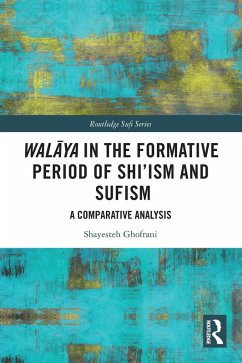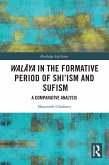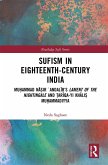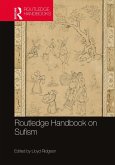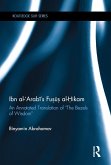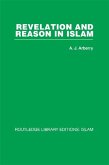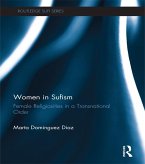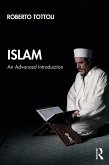The book offers a textual and comparative analysis of walaya based on primary sources in the ninth and tenth centuries, from both Shi'i and Sufi circles. The starting point is one of the oldest surviving Shi'i sources, Kitab Sulaym. Alongside this, the author analyses al-I¿ä of Fäl Shadhan al-Nishaburi, Kitab al-Mäasin of al-Barqi and Kitab al-Kafi of al-Kulayni. Three major texts in Sufism are considered: Kitab al-¿idq by Abu Säid al-Kharraz, Tafsir al-Qur¿an al-¿A¿im by Sahl al-Tustari, and Al-Tirmidhi's Kitab Sirat al-Awliyä. Together, these sources highlight the doctrinal aspects of walaya, exploring the identity, function, appointment, and description of those considered 'wali'. The author ultimately argues that walaya is a cluster of rich, deep-rooted responses to the question of authority, developed within both Shi'ism and Sufism after the death of the Prophet.
The book is much-needed reading for students and scholars interested in Shi'i and Sufi studies and Islamic philosophy.
Dieser Download kann aus rechtlichen Gründen nur mit Rechnungsadresse in A, B, BG, CY, CZ, D, DK, EW, E, FIN, F, GR, HR, H, IRL, I, LT, L, LR, M, NL, PL, P, R, S, SLO, SK ausgeliefert werden.

